News
Flipkart – Walmart Deal: All The Latest Information
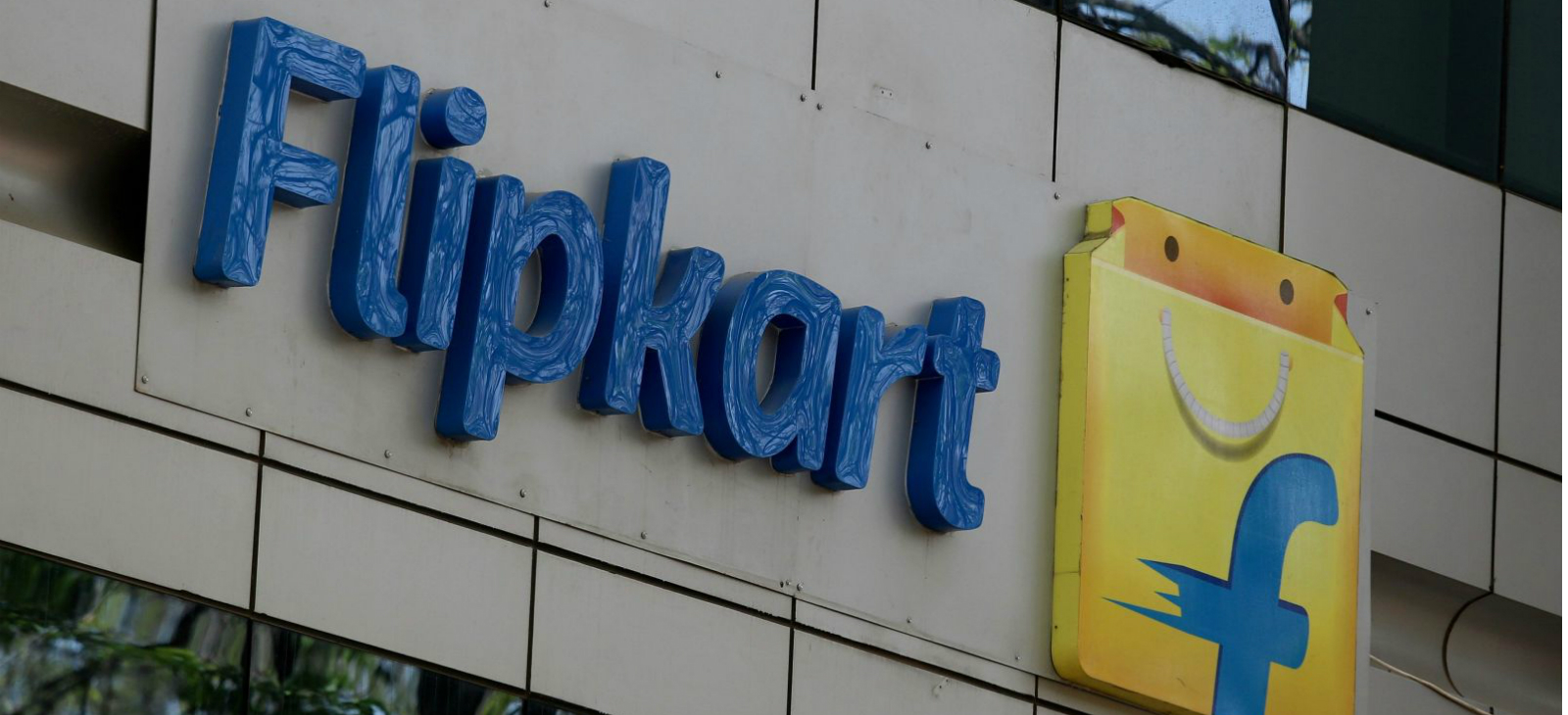
Three months ago reports surfaced the international retail giant Walmart was looking to invest in homegrown ecommerce startup Flipkart. While sources suggested the deal may close as soon as March, but new reports hinted Seattle based ecommerce giant Amazon.com was also looking to make a bid for a potential investment in the company. Since then, there has been a continuous back and forth between Walmart and Amazon to finalize a record breaking deal.
Recently, a number of key Flipkart shareholders agreed to sell their stakes in the company to Walmart. However, sources close to the development said SoftBank, which is the largest shareholder in Flipkart, is holding out for a better price. In order to become the largest investor in the Bengaluru based company, Walmart Inc., has already reached an agreement with the New York based investment firm Tiger Global Management, the South African media conglomerate Naspers, the venture capital firm Accel and China’s Tencent Holdings. According to The Economic Times, Sachin Bansal and Binny Bansal may sell a part of their stake in the company as well. However, a new hurdle in the form of the ecommerce firm eBay, may hamper the deal.
Recode reported, Walmart may have to first work out a deal with eBay, a Flipkart investor and partner, in order to buy a majority stake in India’s online shopping site. eBay, which invested close to $ 500 million in Flipkart last year, has a 5% stake in the business and handed over its eBay India operation as a part of the deal. Along with the investment, the San Jose based firm also signed a four year exclusive commercial arrangement to partner with Flipkart. The four year exclusive commercial arrangement gave the merchants who sell on Flipkart access to more than 150 million new customers from eBay, while eBay sellers outside of India got access to a new group of consumers inside the country. In accordance with this agreement, Walmart may not be able to seal merchandise based deals with Flipkart, unless Walmart and eBay come to some agreement. Recode further added, according to one person familiar with the arrangement eBay can also take back control of the eBay India brand name if Flipkart is acquired.
On the other hand, SoftBank has reportedly remained relatively cold to overtures made by Walmart. The Japan based venture firm invested close to $ 2.5 billion in Flipkart last year after the failed merger deal between Flipkart and Snapdeal. According to a report by The Economic Times, SoftBank was offered a $ 10-12 billion valuation to purchase its shares in Flipkart. One of the sources also said, “Discussions with SoftBank are still ongoing. Most of the others have come aboard. In a deal like this, there are always ebbs and flows, but there is a time factor to consider as well.”
Flipkart has slowly grown to become one of the most valued company in the Indian startup ecosystem. With close to 8,000 permanent employees, the company has made at least 10 acquisitions in the 10 years of its existence. The firm managed to establish itself in the ecommerce industry by introducing the “cash on delivery” payment method, one of the biggest factors for its success.
Note: This article will be updated as and when we get further information.
News
BMW’s New Logo Debuts Subtly on the All-Electric iX3: A Modern Evolution
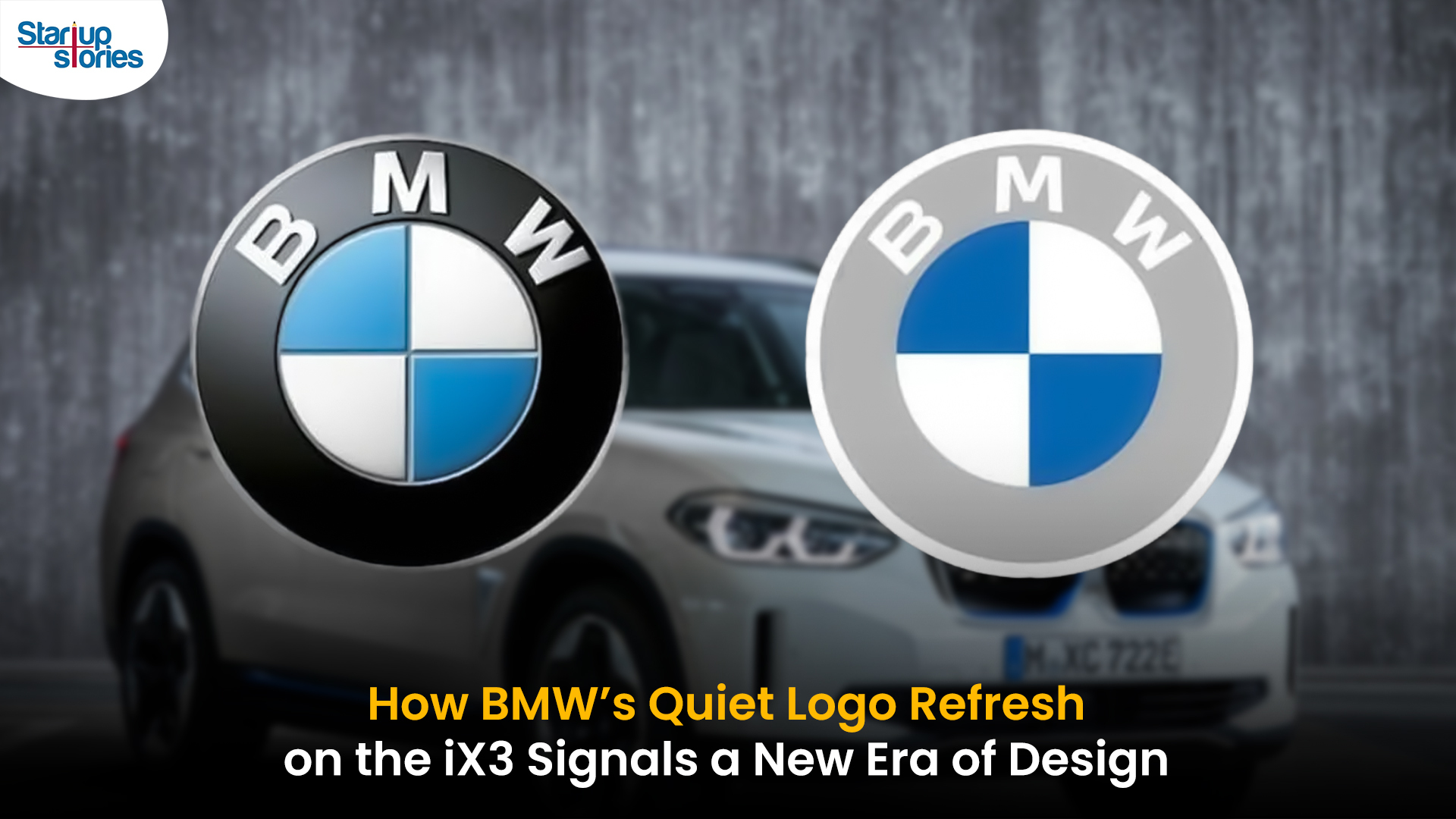
BMW quietly debuted its new logo on the all-electric iX3, marking a significant yet understated shift in the brand’s design direction for 2025. The updated emblem retains the classic roundel and Bavarian blue-and-white colors, but sharp-eyed enthusiasts noticed subtle refinements: the inner chrome ring has been removed, dividing lines between blue and white are gone, and the logo now features a contemporary satin matte black background with slimmer “BMW” lettering. These enhancements showcase BMW’s embrace of modern minimalism while reinforcing their commitment to premium aesthetics and the innovative Neue Klasse philosophy for future electric vehicles.
Unlike rival automakers that reveal dramatic logo changes, BMW’s refresh is evolutionary and respectful of tradition. The new badge ditches decorative chrome and blue borders associated with earlier electric models, resulting in a flatter, more digital-friendly design that mirrors recent branding seen in BMW’s digital communications. Appearing first on the iX3’s nose, steering wheel, and hub caps, this updated identity will gradually be adopted across all BMW models—both electric and combustion—signaling a unified brand language for years to come.
BMW’s strategic logo update represents more than just aesthetic reinvention—it underscores the brand’s dedication to future-ready mobility, design continuity, and a premium EV experience. As the new roundel begins rolling out on upcoming BMW vehicles, it stands as a testament to the automaker’s depth of detail and thoughtful evolution, offering subtle distinction for keen observers and affirming BMW’s iconic status in the ever-changing automotive landscape.
News
iPhone 17 India Price, Features & Availability: All You Need to Know
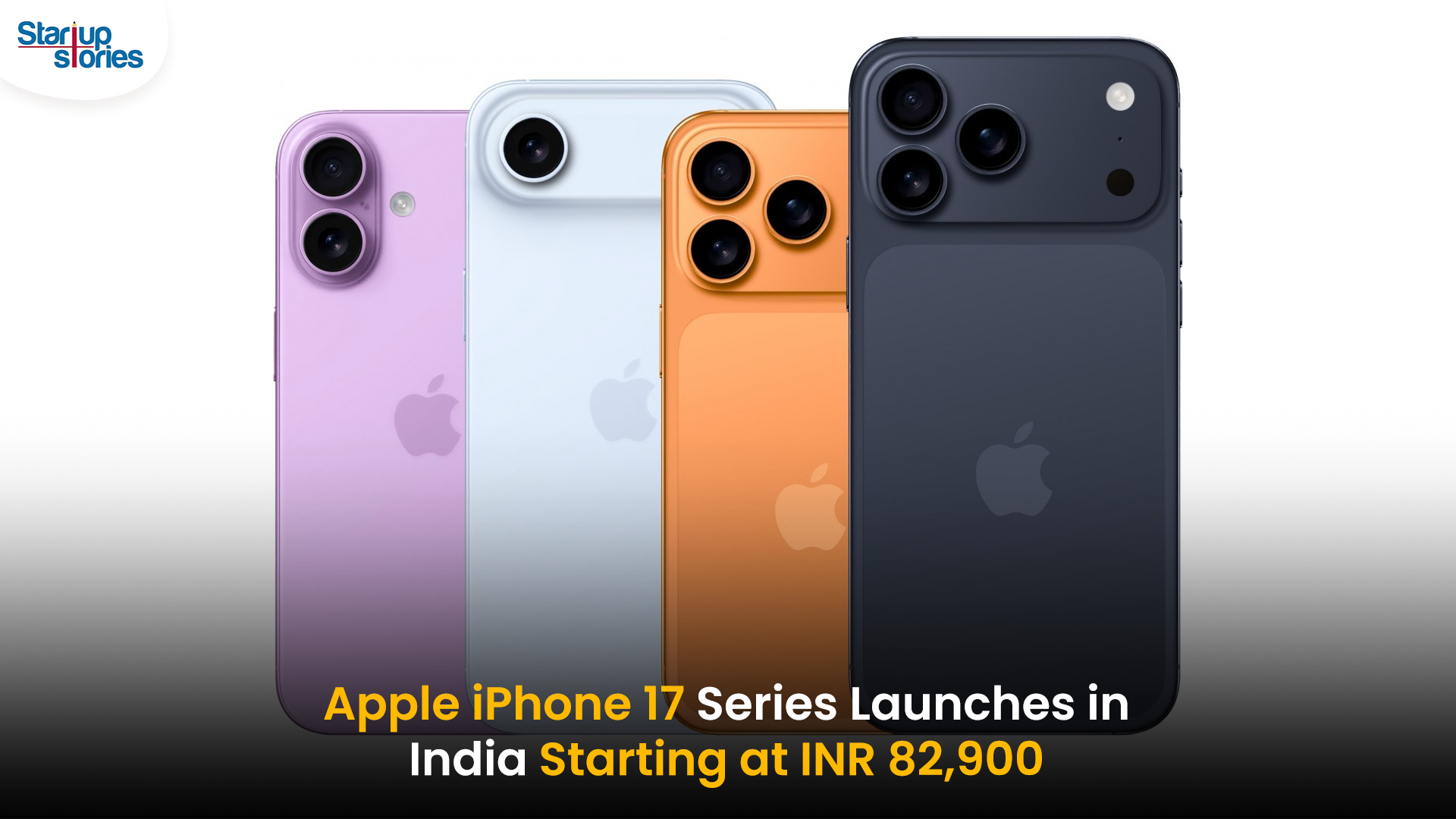
Apple has officially launched the highly anticipated iPhone 17 series in India, with prices starting at INR 82,900 for the base 256GB model. The new lineup includes the iPhone 17, iPhone 17 Pro, iPhone 17 Pro Max, and the newly introduced ultra-slim iPhone Air. Apple has removed the 128GB storage variant, making 256GB the minimum for all models. The standard iPhone 17 features a vibrant 6.3-inch ProMotion OLED display with a 120Hz refresh rate and an upgraded Ceramic Shield 2 for improved durability. It comes in fresh color options like lavender, mist blue, sage, white, and black.
The iPhone 17 Pro and Pro Max models are powered by Apple’s latest A19 Pro chip and start at INR 1,34,900 and INR 1,49,900, respectively. These Pro models feature sleek titanium frames, significant camera upgrades including 8K video recording, and up to 6x optical zoom in the Pro Max. Meanwhile, the iPhone Air, priced from INR 1,19,900, is the slimmest and lightest iPhone ever, boasting a 6.7-inch Super Retina XDR display with ProMotion technology and a triple-camera setup, positioning itself between the standard and Pro models.
Pre-orders for the iPhone 17 series commence on September 12, with sales beginning on September 19, 2025. Alongside the launch, Apple has reduced prices for the previous iPhone 16 models while discontinuing the iPhone 16 Pro and Pro Max variants. The iPhone 17 series exemplifies Apple’s ongoing commitment to enhancing display technology, camera capabilities, and overall performance, setting a new benchmark for premium smartphones in the Indian market.
Startup News
Meet the 13 Deeptech Startups Empowered by BIGShift Accelerator in India
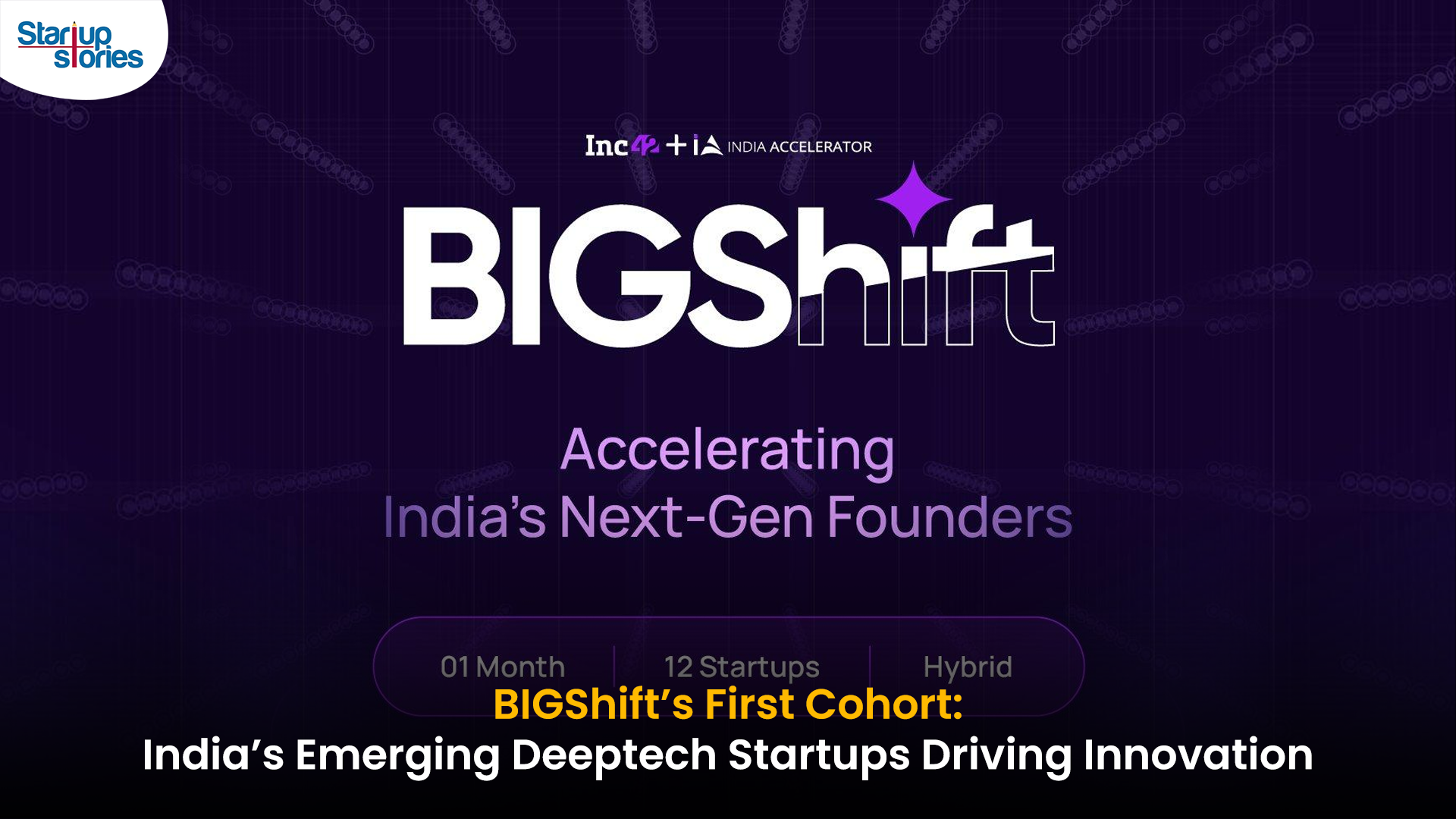
India’s deeptech ecosystem has reached a significant milestone with the launch of BIGShift, a premier accelerator programme by Inc42 and India Accelerator designed to empower early-stage startups developing breakthrough technologies. The first cohort comprises 13 innovative startups addressing complex challenges in fields such as artificial intelligence, aerospace, robotics, healthcare, and geospatial analytics. These startups benefitted from specialized capital-readiness training, strategic mentorship, and direct access to investors interested in supporting high-risk, high-reward deeptech ventures, making BIGShift a crucial platform for nurturing India’s next-generation technology leaders.
The accelerator programme uniquely combines virtual bootcamp sessions with a comprehensive two-day in-person masterclass, equipping startups with advanced go-to-market strategies, funding expertise, and a valuable network of experienced operator-mentors. Noteworthy startups from the cohort include ActionSync, focused on enterprise data unification; Polygon Geospatial, delivering AI-powered real-time spatial analytics; Purna AI, which innovates in preventive health through genetic biomarkers; Spacetaxi, pursuing reusable commercial rockets; and VertiFly, specializing in hybrid eVTOL aerial mobility solutions. This diverse group exemplifies the ingenuity and pioneering spirit of Indian deeptech entrepreneurship across multiple high-impact sectors.
BIGShift’s inaugural cohort not only accelerates technological development but also provides critical support mechanisms like pilot project matchmaking, regulatory guidance, and facilitating enterprise collaborations. As these 13 startups transition their groundbreaking solutions from the lab to the marketplace, BIGShift is poised to be a catalyst for deeptech innovation in India, helping transform scientific research into scalable, impactful businesses that will shape the country’s technological future.


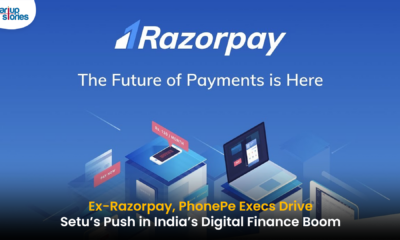



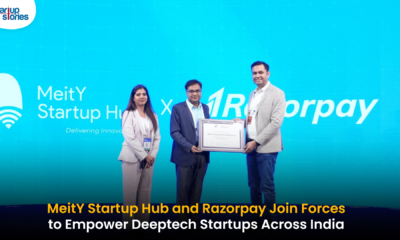







J88
November 5, 2025 at 1:25 pm
Đến với J88, bạn sẽ được trải nghiệm dịch vụ cá cược chuyên nghiệp cùng hàng ngàn sự kiện khuyến mãi độc quyền.
MM88
November 7, 2025 at 6:00 am
Khám phá thế giới giải trí trực tuyến đỉnh cao tại MM88, nơi mang đến những trải nghiệm cá cược thể thao và casino sống động.
站群程序
November 8, 2025 at 7:40 pm
搭载智能站群程序,自动化搭建与管理,为SEO项目提供核心驱动力。站群程序
GO88
November 10, 2025 at 9:49 am
Tham gia cộng đồng game thủ tại Go88 để trải nghiệm các trò chơi bài, poker phổ biến nhất hiện nay.
ios超级签
November 11, 2025 at 11:16 pm
苹果签名,苹果超级签平台,ios超级签平台ios超级签苹果企业签,苹果超级签,稳定超级签名
MM88
November 16, 2025 at 6:37 pm
Với giao diện mượt mà và ưu đãi hấp dẫn, MM88 là lựa chọn lý tưởng cho các tín đồ giải trí trực tuyến.
Kuwin
November 22, 2025 at 1:19 pm
kuwin sở hữu kho game đa dạng từ slot đến trò chơi bài đổi thưởng, mang đến cho bạn những giây phút giải trí tuyệt vời.